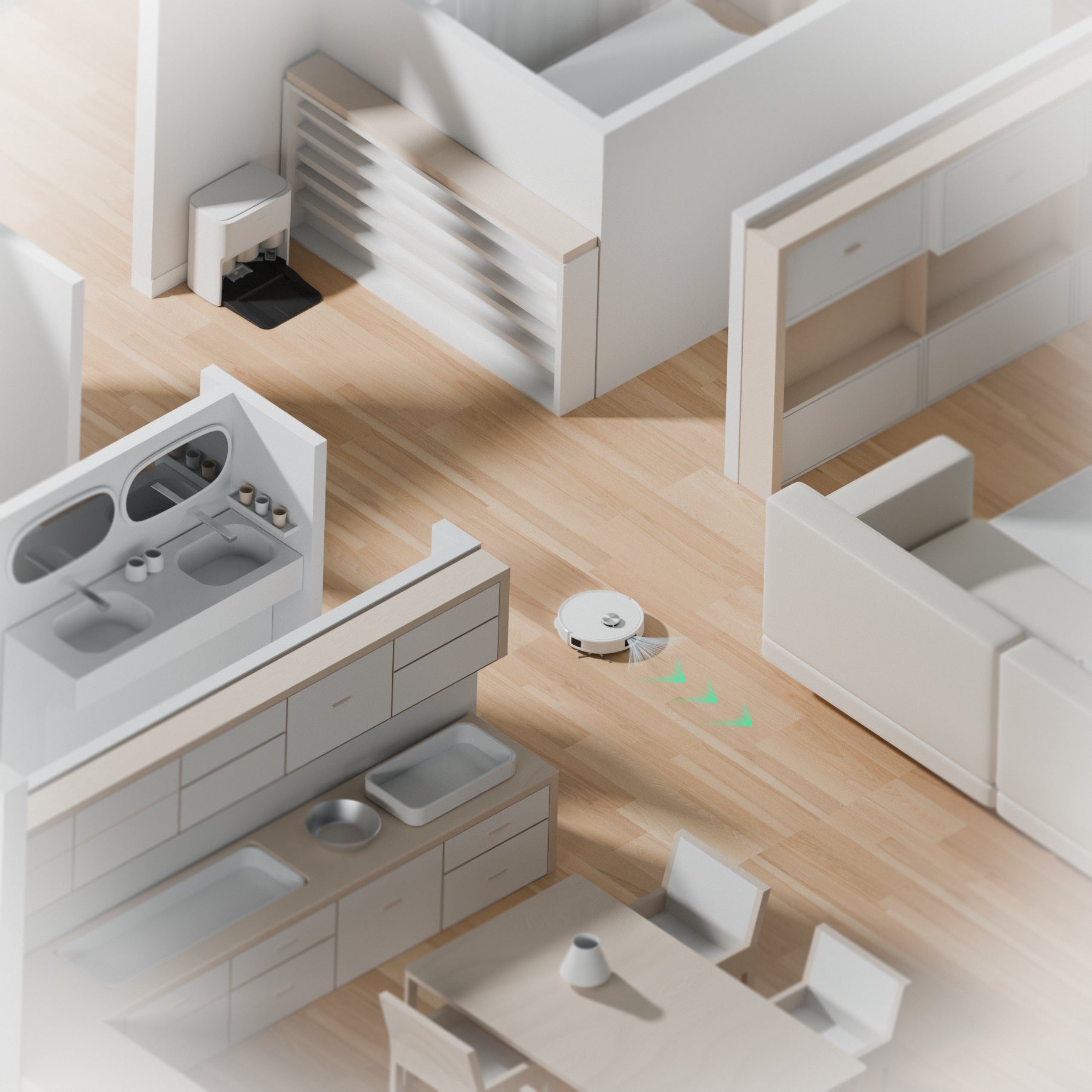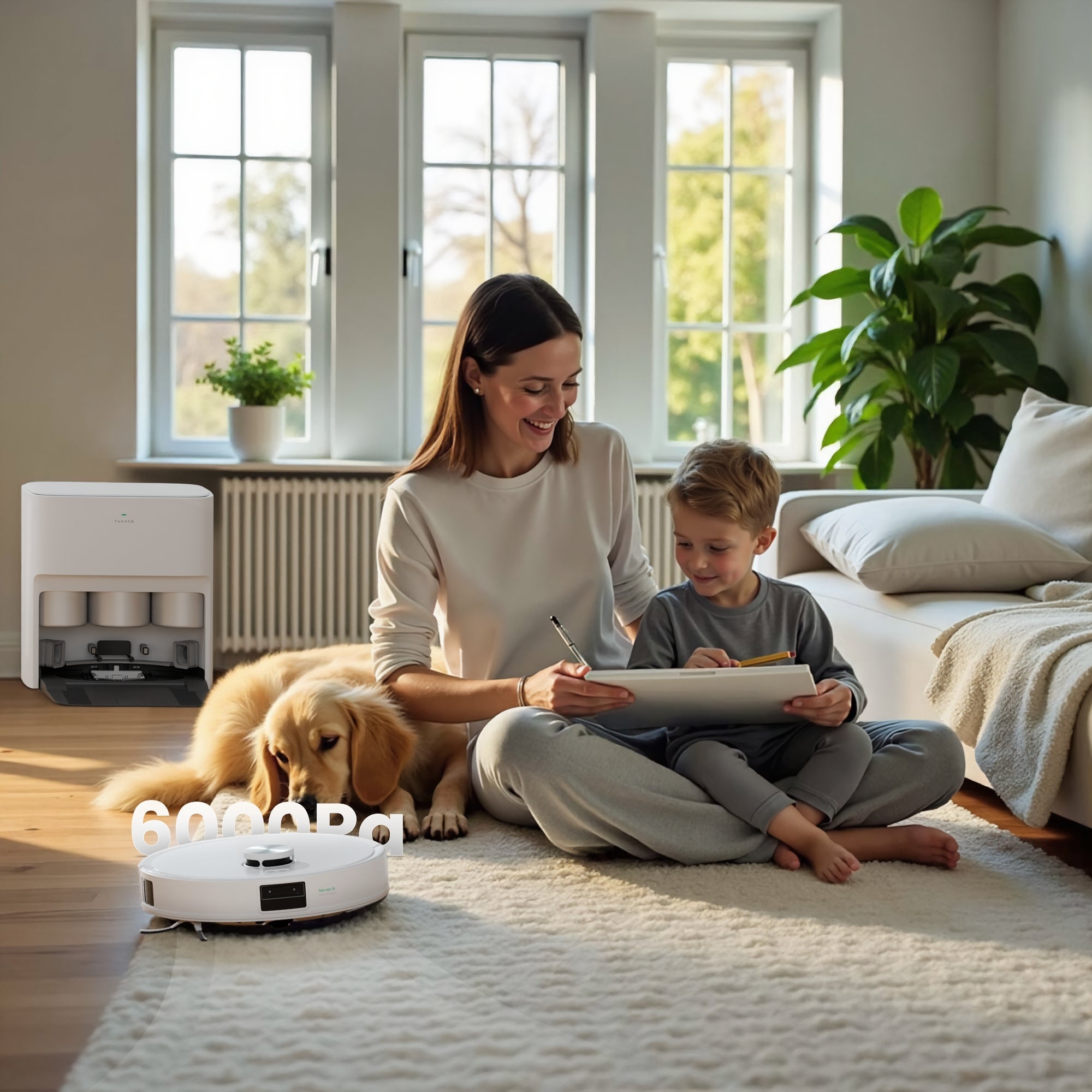
Picture this: it’s a lazy Sunday afternoon, and I’m lounging on the couch with a cup of coffee. Suddenly, my mini robot vacuum whirs to life, gliding effortlessly across the floor while I kick back and relax. It’s amazing how these little gadgets have become an integral part of our homes. But as they zoom around picking up dust bunnies, have you ever wondered about their legal implications? Let’s dive into the fascinating world of mini robot vacuums and explore their regulatory attributes.
Understanding Mini Robot Vacuums in Today’s Market

Mini robot vacuums are more than just nifty cleaning devices; they come with a unique set of legal characteristics that govern their use and development. These regulations often focus on safety standards, data privacy (especially for models equipped with cameras), and consumer protection laws. As manufacturers strive to comply with these rules, we see best practices emerging within the industry—ensuring that products not only clean well but also adhere to necessary legal frameworks.
Diving Deeper into Home Robot Vacuum Best Practices
When it comes to home robot vacuums, best practices in the industry play a crucial role in shaping user experience and safety protocols. For instance, many companies now prioritize transparency regarding data collection methods used by smart vacuums equipped with sensors or cameras. They ensure compliance with GDPR guidelines or similar local regulations aimed at protecting consumer information—a vital aspect considering how much personal space these robots navigate!
Tuvacs Leading the Charge in Industry Best Practices
Tuvacs has emerged as a standout player when discussing best practices within this sector. Their commitment to rigorous testing ensures that each model meets high safety standards before hitting store shelves. Moreover, Tuvacs actively engages consumers through educational campaigns about proper usage and maintenance—empowering users while fostering trust between them and the brand.
Wrapping It Up
In conclusion, mini robot vacuums represent an exciting intersection between technology innovation and regulatory compliance within our homes today. By adhering to established best practices in the industry—from ensuring product safety to safeguarding user privacy—these clever little machines can continue making our lives easier without compromising on essential legal aspects.

